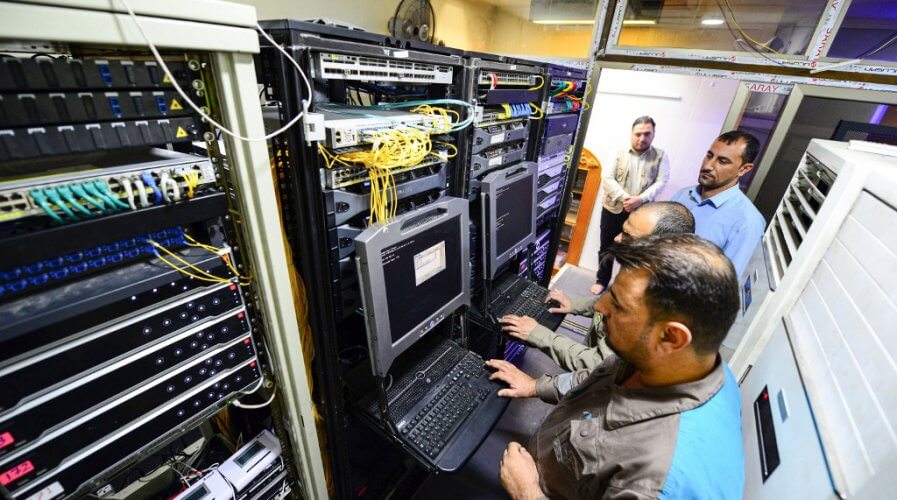
IT systems can become the focus when digital transformation initiatives get going, but IT admins should upgrade systems without overlooking core legacy systems. Source: Shutterstock
How do we modernize IT systems without breaking them?
- IT systems can form the core focal point when digital transformation initiatives get underway
- But IT admins should upgrade systems without overlooking core legacy systems
‘Digital Transformation’ refers to tech-first, business-wide initiatives seeking to drive productivity, efficiency, and ultimately revenue.
It’s entered into buzzword status because pretty much every organization is doing it – at least to a degree. It has become a vital journey business must navigate in order to capitalize in today’s digital world.
The efforts have consumed the glut of IT budgets for several years now, and even in the face of aftershocks from the global pandemic, the IDC still forecasts that global expenditure on digital transformation will top US$1.2 billion by 2023.
But, as companies surge towards new technologies and processes, they must also be mindful not to fully disregard the legacy infrastructure that preceded it.
Still value in legacy IT
While it may be tempted to ‘rip and replace’, legacy applications can still be valuable – such as data from earlier operational cycles stored within older databases – even if they may not have retained their usability.
Organizations need to consciously find ways to modernize their systems by integrating newer software and platforms, without sacrificing the functionality that will still allow access to that legacy data. One method businesses can take is to decentralize access to legacy data instead of storing and accessing it centrally.
Legacy systems might also be hard to modernize as while parts of the technology might be obsolete, other parts have been progressively updated over the years. When it comes time to wholesale replace it with the latest technology, it can be a very complex challenge to ensure compatibility between the technologies and data formats.
IT Technical Change Management
If updating IT systems with the latest cutting edge tech is the imperative of the organization’s digital transformation plan, then the system administrators should plan to mitigate risks to system disruptions (and possible services disruptions) with a comprehensive IT technical change management plan.
Technical change management is the process of supervising and logging changes to infrastructure or software, managing the lifecycle of all changes to cause minimal disruption to ongoing IT services.
When a new team takes over, seeking to instill leanness and agility in their digital transformation plan, they might be tempted to overlook recorded change management processes altogether, in their drive to modernize outdated systems.
Change management is crucial because, as the technology evolves faster and IT teams get used to doing more processes quicker, the chances of a mistake (missing out a key compliance requirement, or accidentally introducing a bug to the system) happening increases exponentially.
It would be beneficial to integrate tools that record changes, when about to undergo a major digital infrastructure upgrade. Ensure the record tools can function with the installed systems and software, so that any and all system alterations can be monitored and logged for future housekeeping needs.
READ MORE
- Ethical AI: The renewed importance of safeguarding data and customer privacy in Generative AI applications
- How Japan balances AI-driven opportunities with cybersecurity needs
- Deploying SASE: Benchmarking your approach
- Insurance everywhere all at once: the digital transformation of the APAC insurance industry
- Google parent Alphabet eyes HubSpot: A potential acquisition shaping the future of CRM


